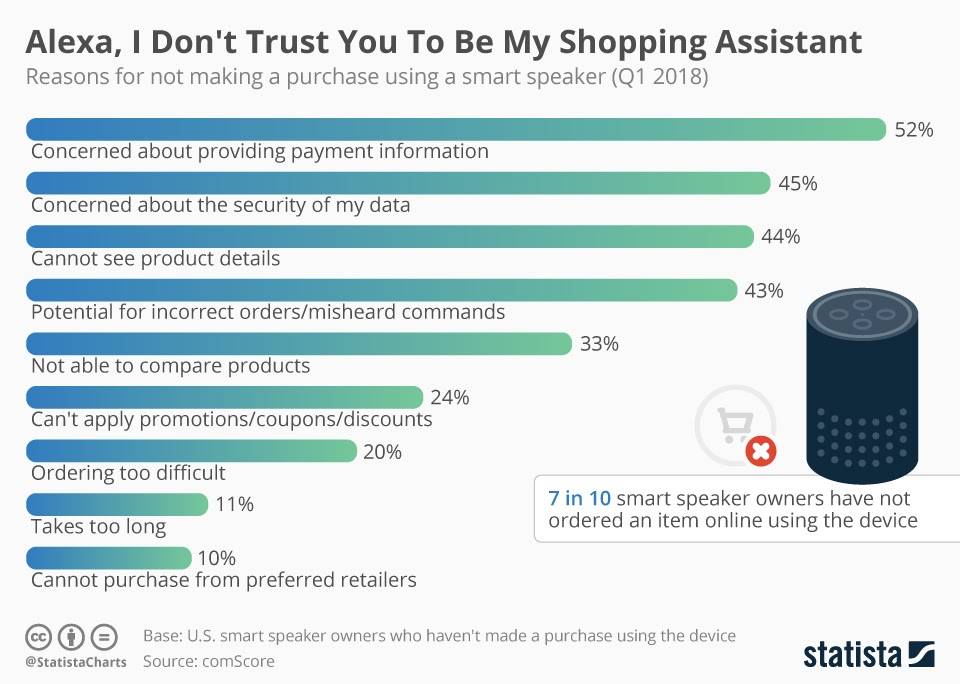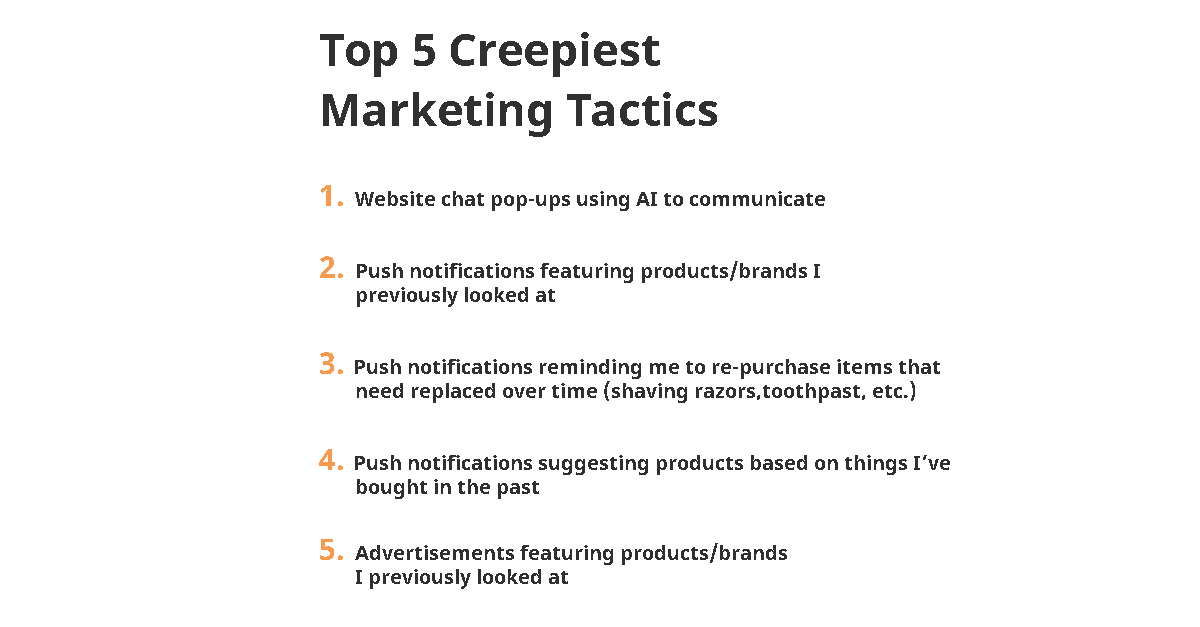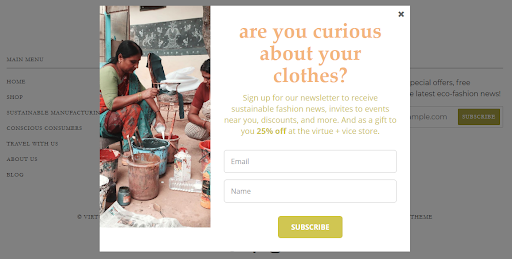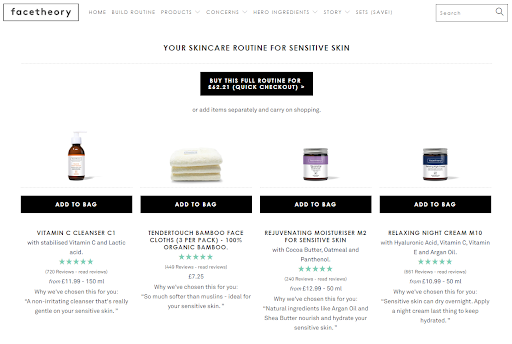Zero-Party Data: What Is It, and Why Does Your Business Need It?
Modern marketing strategies are built on data. But we're entering a new era where legislation, and consumer preferences, are much more protective of personal data. So how can brands balance a data-driven marketing strategy with their responsibilities toward customers?
It’s hard to avoid data in omnichannel marketing these days. We use it to manage our email lists, plan social content, surface different products online, target new customers, work on our retention rates, and more.
But at the same time, a lot of marketers seem pretty dubious about data. We worry that it’s out of date, or incomplete. We struggle to turn data into insights, and a lot of us agree that we struggle to show the actual value of our efforts).
Meanwhile, consumers have become more critical of how we collect, use, and protect data. While not everyone understands exactly how brands are using their data, many consumers worry that they are being “listened to” by their phones, computers, or smart devices.

And let’s not forget the wave of new data legislation, such as the GDPR or the e-Privacy Regulation. These laws challenge us, as marketers, to do better: to collect quality data, with consent, and to use it well.
Is this bad news for data-driven marketing? Well, no. It’s bad news for anyone who buys illegal marketing lists or indulges in spam. But it’s good news for marketers who care about their customers and want to create valuable and unique experiences for their audience.
In the rest of this post, I’ll talk about new ways to categorise and collect data in a way that’s valuable to both brands and consumers.
The Different Kinds of Data
When I talk about the future of data marketing, I like to divide data into four types. These labels are gradually coming into wider use, although many marketers still get mixed up between “zero” and “first”.
So here’s a quick reminder of the definitions we’re working with:
- Zero-party data: Data that you request and receive directly from the consumer.
Example: you ask a customer if they prefer shopping online or in-store.
- First-party data. Data that you learn about a customer from their behavior.
Example: you see that a customer has used an online coupon, instead of an in-store coupon, and conclude that they prefer online offers.
- Second-party data. Another seller tells you that this customer prefers to shop online.
- Third-party data. You pay a data broker to tell you where the customer prefers to shop. You don’t know exactly where they got this information.
Obviously, these are small scale examples. Many second and third party data sets are huge, involving thousands of consumer profiles. However, because they’re on such a large scale – and have passed through several pairs of hands – these data sets tend to be less reliable.
Not to mention the “creep factor”: if you show more knowledge of a customer than they expect, they may feel uncomfortable.

Zero and first-party data are set to be the future of ethical, effective marketing. Yes, it might seem more time-consuming to quiz customers directly, instead of buying a nice ready-made list off someone who slid into your spam folder. But zero and first-party data bring huge advantages: they’re accurate, above-board, and easy to update.
To some extent, this is an argument about “quality over quantity”. But you don’t have to be restricted to tiny data sets. Let’s talk about how to collect zero and first-party data – and then how to use it in your omnichannel marketing strategy.
It’s Time to Demonstrate the Value of Data to Consumers
One of my favorite statistics about personalisation in marketing is:
(In surveys, consumers regularly say that they worry about data privacy and creepy marketing. But…)
75% of consumers (business2community.com) are more likely to buy from brands that remember their name, know their purchase history, and make personalised recommendations.
Now, as an omnichannel marketer who believes in personalisation, you are probably tearing your hair out right now. Can’t people make up their minds?
The answer is, yes, of course, they can. Consumers shouldn’t have to choose between thoughtful, personalised messaging and data privacy. Our job is to collect and use data sensitively – while showing consumers that our actions are trustworthy and valuable.
So how does that work? There are three main ways to do this:
- Offer immediate incentives to consumers who share data with you.
- Integrate data seamlessly so that consumers don’t feel they have to tell you everything twice.
- Demonstrate value to consumers through personalisation and intelligent automation.
Let’s start with the first point. When I talk about immediate incentives, that can mean one of two things.
First, you can offer the incentive of a fun experience. Collecting data through a personality quiz, photo contest, or online mini-game makes the process more enjoyable for users. It shouldn’t feel like a chore.

Example of a branded game which collects customer contact details, created with Easypromos.
As well as the game itself, some people respond well to the competition - for example, you could ask people to share contact details so they can access the game’s scoreboard.
Another type of incentive is the classic discount, free gift, or introductory offer. Almost every ecommerce site these days seems to have a 10% off pop-up, asking people to subscribe to their email list.

It’s a great tactic - and it brings us to my second point. It’s really important to sync your data and keep it up to date.
Why? Because if you ask customers to sign up for emails on your website, and then ask them again at check out, and then ask them again when they visit you in-store… They’re most likely going to unsubscribe.
The Value of a Data Platform, a CRM System, and Strong Customer Service
This is why it’s worth using a single data platform, such as APSIS One, and integrate it into your CRM-system to keep track of your customers. If they tell you something on social media, you should have that information in mind when you contact them over email, and vice versa.
Whenever you use an external platform - for example, to run one of the game campaigns suggested above - you should set up a direct integration with your CRM, so that none of your new-found data gets wasted or overlooked.
And finally: How are you going to use all this carefully collected and integrated data? This is the part where you have to show consumers it was worth it. Of course, in an ideal world, they’ve already enjoyed the experience of sharing information with you – whether that was through an email sign up, a customer survey with tempting discounts, or a photo contest with a free gift at the end.
So how do you make it worth their while? It’s all about customer service. If you understand your consumers, you can tailor your offering and surface products specifically for them. The most obvious example of this - that’ll be extremely popular in 2020 - is Easypromos’ Product Recommender where your customer takes a quiz, answers a few questions about what they need, and you respond with a shopping basket full of solutions.

This is a great way to demonstrate the value of sharing data to your consumers. You’ve processed the information they shared with you, and immediately offer a helpful response… which may well lead to a sale.
So, this is the future of data marketing: A world where brands collect data sensitively, use it well, and prioritise the customer experience at every stage of the process.
Want to learn more about how to take your data-driven marketing to the next level? Check out our online knowledge library!

Author: Corinna Keefe
Corinna Keefe is an editor at Assignyourwriter.co.uk and freelance writer with a special interest in digital marketing, technology, and social media. She works with brands, agencies and tech start-ups all over the world, including Easypromos. She has previously contributed to Social Media Examiner, Foundr and Growth Marketing Pro.






